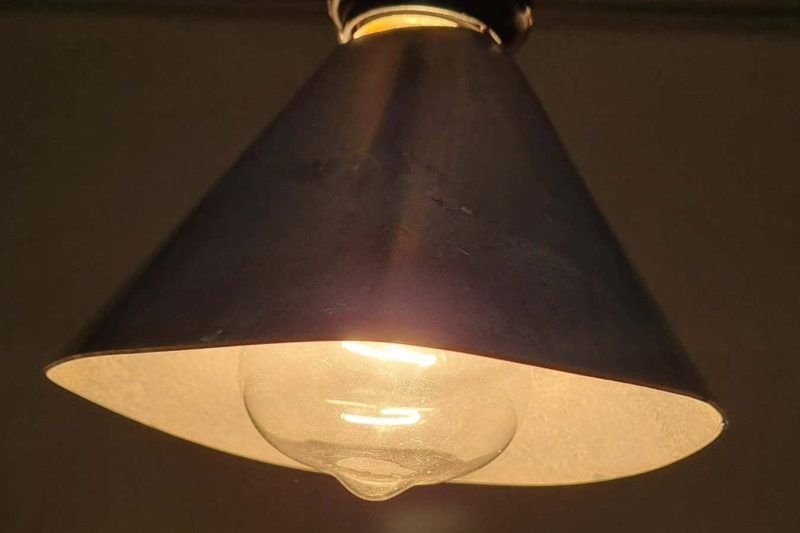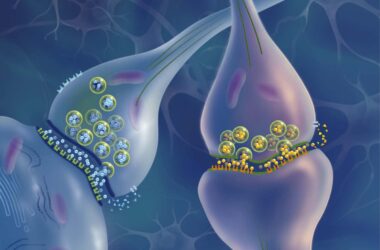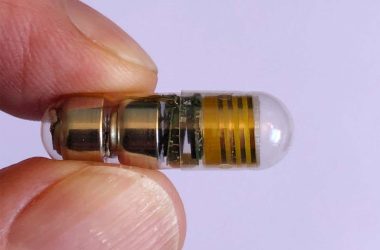The lampshade created by researchers that uses heat from the lightbulb to convert air pollutants into small amounts of carbon dioxide and water
Minhyung Lee
Lampshades coated with a substance containing iron or copper could potentially help mitigate indoor air pollution.
Indoor air pollution can be just as harmful to health as outdoor urban air pollution, mainly due to the presence of volatile organic compounds (VOCs). VOCs are toxic chemicals such as acetaldehyde and formaldehyde, which can be released from various sources such as paint, cleaning products, furniture, and cooking.
To address this issue, Hyoungil Kim at Yonsei University in South Korea and his colleagues have developed an affordable air-purifying lampshade. They presented their invention at a meeting of the American Chemical Society in San Francisco, California, on 15 August.
Last year, the team created a substance made of titanium oxide and platinum that utilizes the heat emitted from lightbulbs to accelerate chemical reactions and convert VOCs into acetic acid and formic acid. These acids are then further transformed into small amounts of carbon dioxide and water.
Now, the researchers have developed a lower-cost version of the technology that uses copper or iron as catalysts.
The lampshade coatings were tested in a 0.064 cubic metre space with VOC concentrations of 1 part per million (ppm) and 10 ppm. In both cases, the coatings successfully eliminated all VOCs within a matter of hours, while also producing small amounts of carbon dioxide and water.
Although the experiments focused on VOCs, the researchers suggest that the copper catalyst may have additional benefits in sterilizing airborne pathogens due to its disinfectant properties.
“Establishing this system is remarkably simple and convenient,” says Kim. “It only requires applying a coating of catalyst paste onto existing lampshades in your home.”
The lampshades were tested with halogen or incandescent bulbs, which are commonly used in households and emit temperatures ranging from 100°C (212°F) to 160°C (320°F), according to Kim. The research team now plans to adapt the coatings to be compatible with light emitting diodes (LEDs), which generate much less heat.
Article amended on 16 August 2023
This article has been updated to correct the size of the space in which the lampshades were tested.
Topics:












